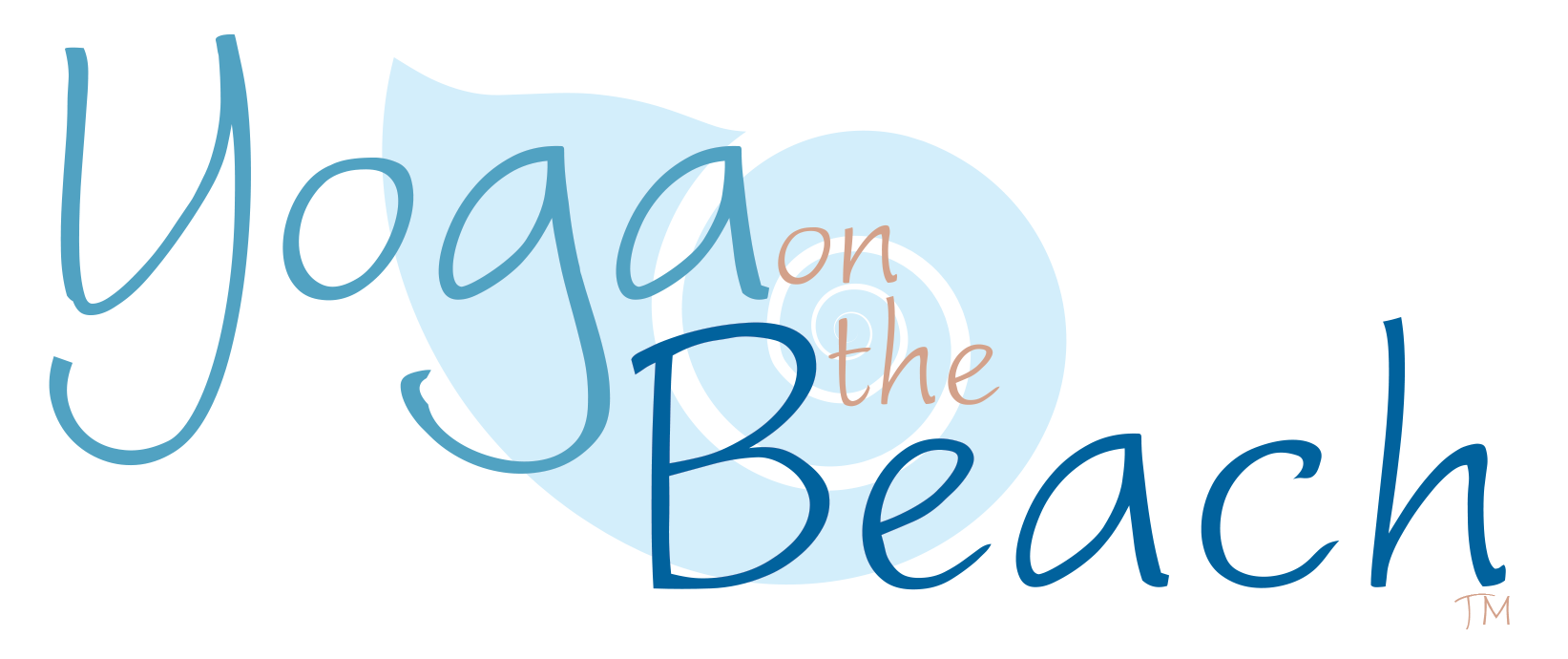WELL BEING – a holistic way of living
WELL BEING – a holistic way of living
October 1st, 2014
What is this thing called Well Being? That is the question I asked myself as I began to prepare to teach a workshop during our recent retreat in France. We all strive to find a taste of it, or have it be our root practice on our life path. But what is it? And then, how do I live in a state of it?
Let’s begin by looking at a couple of definitions of Well Being.
Wellbeing is not just the absence of disease or illness. It is a complex combination of a person’s physical, mental, emotional and social health factors. Wellbeing is linked to how you feel about yourself and your life. Source
This quote brings up the understanding of Well Being that it is related to how you FEEL about yourself and your life. A yoga practice gives us the space to see what is really happening (clarity of mind), from there we can begin to change the way we feel about the situation. This raises our sense of Well Being.
Well-being is most usefully thought of as the dynamic process that gives people a sense of how their lives are going, through the interaction between their circumstances, activities and psychological resources or ‘mental capital’. Source
Well Being is a dynamic process, one where we may not be able to control what is happening around us, but we sure can use emotional intelligence and our internal locus to create a state of being that feels GOOD to us. Just like any ‘workout’, when we begin to stretch our state of mindfulness and awaken to how we are reacting to a given situation, the process of Well Being begins to take root.
We no longer live feeling a victim state of our situations or circumstances. We have the opportunity to see clearly, and then manage our emotions around what is occurring. Well Being not only is a result of how we feel, but it also begins to “propagate” so that our viewpoint is nurtured by the ever strengthening state of feeling WELL. The more we feel well, the more we see, experience and offer to our community wellness.
Did you know that according to Sovereign (an organization in New Zealand), for every one happy friend in your social network, your own chance of being happy rises by 9%. This is a wonderful example of the perpetuating nature of Well Being. It is exponential within us, and affects those around us.
Wellbeing is about the combination of our love for what we do each day, the quality of our relationships, the security of our finances, the vibrancy of our physical health, and the pride we take in what we have contributed to our communities. Most importantly, it’s about how these five elements interact. Source
What is so often missing as we outreach toward improving Well Being is that we look at things individually rather than holistically. We think fiscal improvements will improve our Well Being, so we focus only on that neglecting our family or social relationships. Anytime we focus solely on one aspect AND neglect the other aspects of Well Being we create a sense of isolation, which often undermines our sense of happiness, or at the worst creates our suffering.
Well Being is described as having 5 elements.
Take a week and notice if your way of living is a balanced sense of these 5 elements of Well Being.
Community Well Being
Professional Well Being
Personal Well Being
Fiscal Well Being
Global Well Being
Are you involved in your community? Do you have a good feeling about the community you live in?
Do you love your job and have good relationships with the people you work with? Do you feel competent, and well compensated for what you do?
Do you take care of yourself, eat well and exercise? Are your thoughts self loving and caring, or do you tend to think with self critical thoughts?
How do you feel about your financial self worth? Are you comfortable giving to others fiscally, and receiving?
How do your actions and choices impact the planet we live on? Are you conscientious of your consumption of resources? Do you recycle, reuse, resource?
Most importantly, begin to see how these 5 elements interact with one another. When you are doing work you love and feel well compensated, notice how you may feel better about volunteering your time or finances into your community. When we are happy at home we are more apt to work efficiently so that we can spend more time with our family. When you love where you live, how does that affect your daily choices across the other 4 elements of Well Being?
Lastly, here are 5 ways to Well Being that you can begin to explore. Remember to work with all of them. Don’t be overwhelmed but find some balance in your approach.
Connect – talk and listen, be there, be connected
Give – your time, your words, your presence
Take Notice – remember the simple things that bring you joy
Keep Learning – embrace new experiences, see opportunities, surprise yourself
Be Active – do what you can, enjoy what you do, move your mood
Moment to moment, day to day, your sense of Well Being will rise. It will be subtle at first and then become very clear to you that your sense of live is improving.


